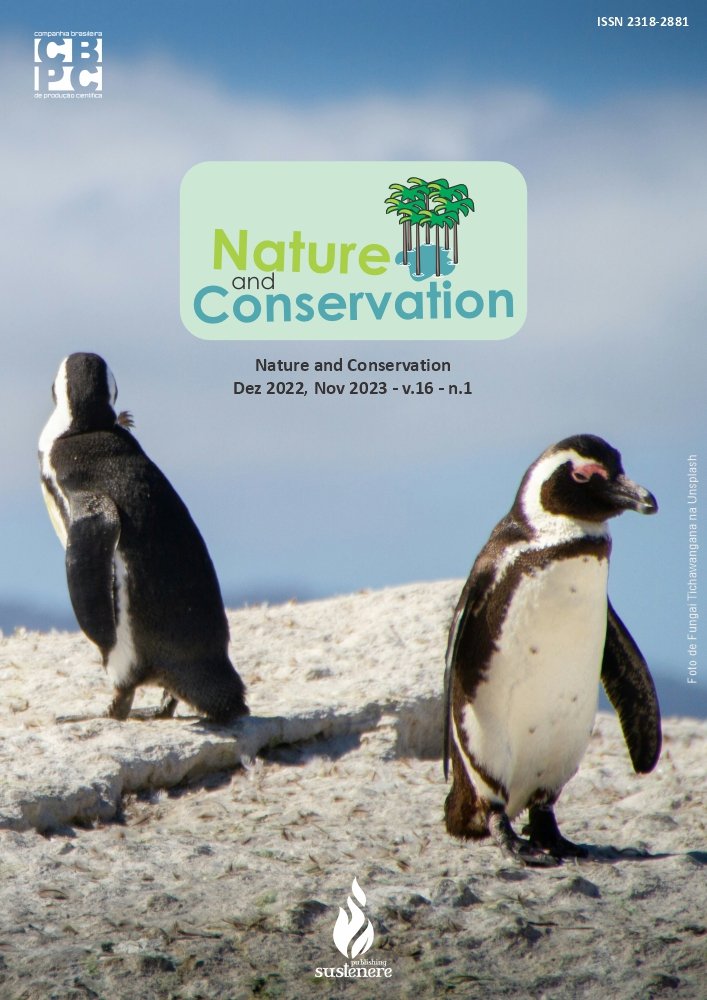Bioremediation: uses and applications for diclofenac degradation
DOI:
https://doi.org/10.6008/CBPC2179-6858.2022.003.0011Keywords:
Pharmaceutical waste, Water pollutant, RemediationAbstract
Diclofenac stands out for being an emerging pollutant of global concern. The fact that this drug is easily purchased without prescriptions and incorrectly disposed, added to the inefficiency of wastewater treatment plants to remove it, collaborate so that its presence is identified in increasing concentrations, especially in watercourses. This fact represents a risk to the biota and consequently to ecosystems since diclofenac is proven to be toxic to some aquatic and terrestrial organisms. The need to develop efficient techniques for its removal is evident. In this sense, bioremediation techniques emerge, which stand out for their efficiency, low cost, and sustainability. Our research was motivated by the lack of reviews regarding the recent techniques of diclofenac bioremediation. The methodology was performed through the search for articles on the "Science Direct" platform using the keywords "bioremediation of diclofenac". It was discussed researches that used bioremediation with microalgae, bacteria, enzymes, fungi and other bioremediation techniques that did not fit the above. The microalgal species that stood out were Scenedesmus obliqus and Picocysti ssp., with removals of 99% and 73% respectively. Regarding fungal bioremediation, the species Trametes versicolor, Ganoderma lucidum, Irpex lacteus and Penicilium oxalicum also removed the compound very efficiently (above 96%).In bacterial bioremediation, the best removal percentages were achieved when species combination occurred. Researches that applied the laccase enzyme in enzymatic bioremediation initiatives obtained excellent removal percentages (from 94 to 100%).All studies that tested the toxicity before and after treatment with bioremediation, regardless of the adopted technique, showed a reduction in the toxicity of the effluent after treatment. Therefore, the application of bioremediation techniques is also promising and efficient for reducing toxicity in relation to the original compound.
Downloads
Downloads
Published
Issue
Section
License
Copyright (c) 2022 Ibero-American Journal of Environmental Sciences

This work is licensed under a Creative Commons Attribution-NonCommercial-NoDerivatives 4.0 International License.
The CBPC - Companhia Brasileira de Produção Científica (Brazil CNPJ: 11.221.422/0001-03) the material rights of the published works. The rights relate to the publication of the work anywhere in the world, including rights to renewals, expansions and dissemination of the contribution, as well as other subsidiary rights. All electronically published works may subsequently be published in printed collections under the coordination of this company and / or its partners. The authors preserve the copyright, but are not allowed to publish the contribution in another medium, printed or digital, in Portuguese or in translation.









